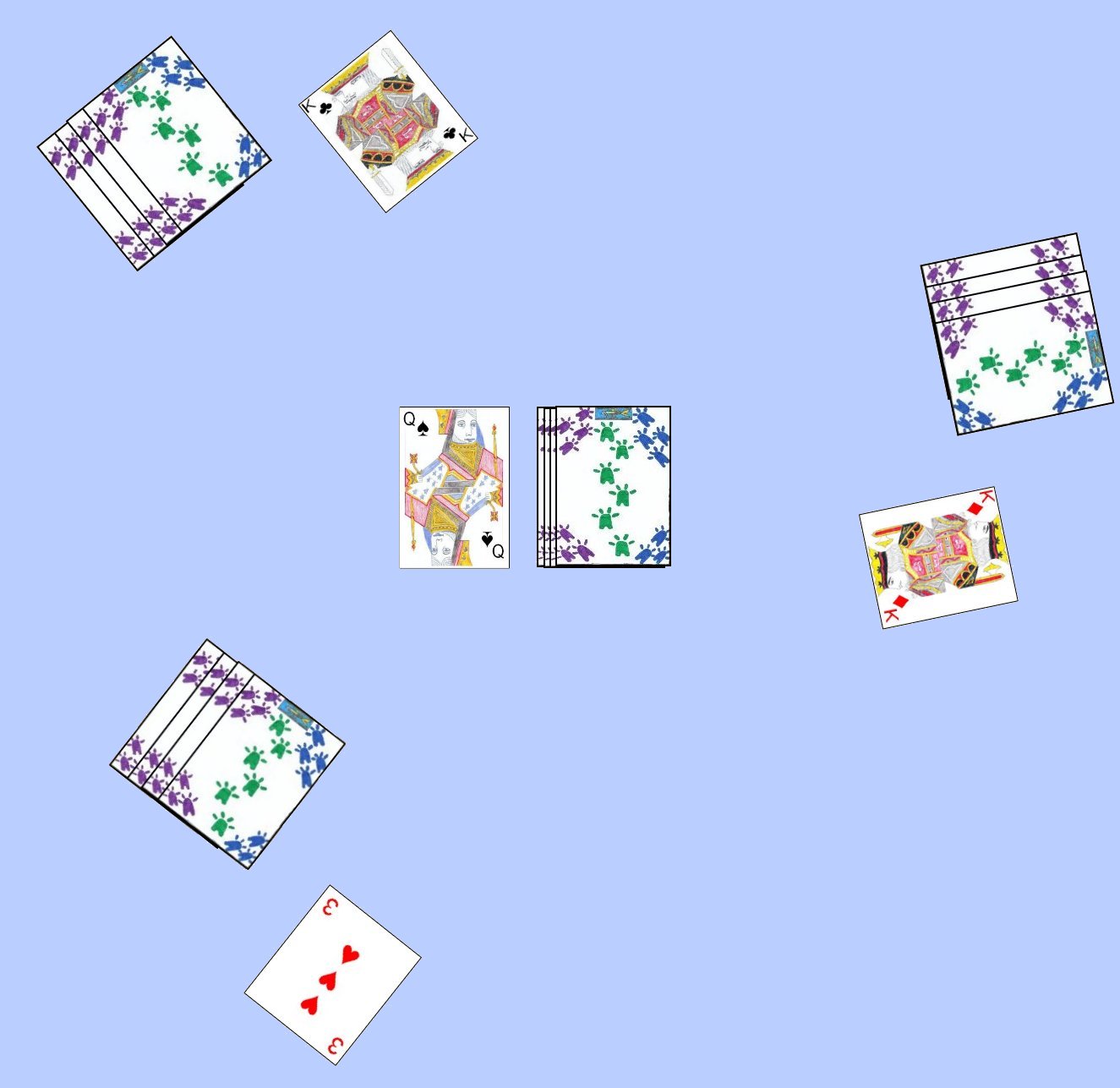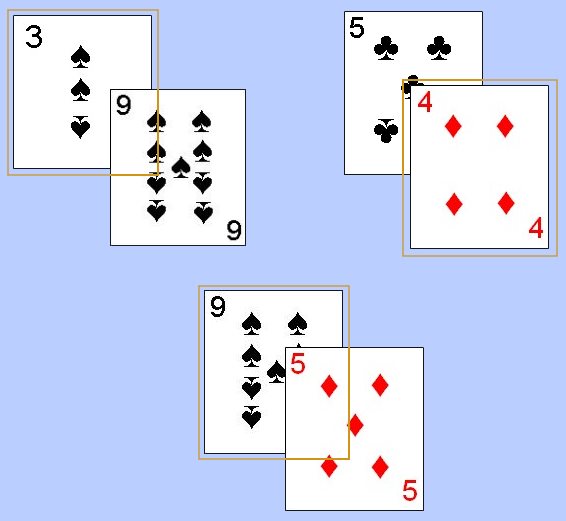 Goofspiel is a strategic game created by Merrill Flood in the 1930's. This game is also commonly known as GOPS which is an acronym for Game of Pure Strategy.
Although the rules and play for Goofspiel appear to be quite simple, there are an almost endless number of possibilities for strategy during play of each hand. For this reason, there have been quite a few thesis papers and detailed analysis reports written about this game, particularly in the realms of game theory and artificial intelligence.
Goofspiel is a strategic game created by Merrill Flood in the 1930's. This game is also commonly known as GOPS which is an acronym for Game of Pure Strategy.
Although the rules and play for Goofspiel appear to be quite simple, there are an almost endless number of possibilities for strategy during play of each hand. For this reason, there have been quite a few thesis papers and detailed analysis reports written about this game, particularly in the realms of game theory and artificial intelligence.
Goofspiel is designed for two or three players, but can easily be adapted for more with the addition of another deck (see variations section below). The basic game uses the standard 52 card deck which is divided in a specific manner. First, the entire suit of spades is removed, shuffled and placed face down as the Prize pile. Then, both players each receive a complete set of cards (Ace through King) in a separate different suit, which forms their hand. For the two player version, one suit is set aside and not used in the game. The object of this game is to capture the most prize points at the end of the hand. Players earn these points by capturing prize cards through a silent and hidden bid for each prize card. Each card has a certain point value the player will earn if they successfully capture that particular card. The value and ranking of the cards in the Prize pile are detailed on the following chart:
|
Each hand consists of 13 rounds, coinciding with the 13 prize cards. Thus, to begin, the dealer exposes the top card of the Prize pile. Each player then selects a card from their hand and places it face down in front of himself, to represent his bid for the exposed prize card. After all players have had the opportunity to place their bid card, they all simultaneously expose their card. The player with the highest value card bid wins that Prize card. All the players bid cards are removed from the table and further play in the hand. The Prize card is then placed face-up near the player who won it in their Trophy pile. In the event that two or more players tie for the top bid on the card, no player wins that Prize card and it is discarded along with the bid cards.
The dealer then exposes the next card of the Prize pile and the players again place a card face-down in front of themselves from their hand representing their bid for the Prize card. The hand continues in this way until all 13 Prize cards have been bid on and the players have played their last card from their hand.
At the end of the hand, the player who has captured the most points from Prize cards is declared the winner. If multiple players tie for the top score, the game is considered a tie.

 Divide and Conquer: Although it does not appear this game is directly related to Goofspiel, this game plays very similarly and is played with each player having full knowledge of the cards in each other's hand. The game was designed by invented by Canadian Claude Soucie and later published in Sid Sackson's groundbreaking book A Gamut of Games.
Divide and Conquer: Although it does not appear this game is directly related to Goofspiel, this game plays very similarly and is played with each player having full knowledge of the cards in each other's hand. The game was designed by invented by Canadian Claude Soucie and later published in Sid Sackson's groundbreaking book A Gamut of Games.